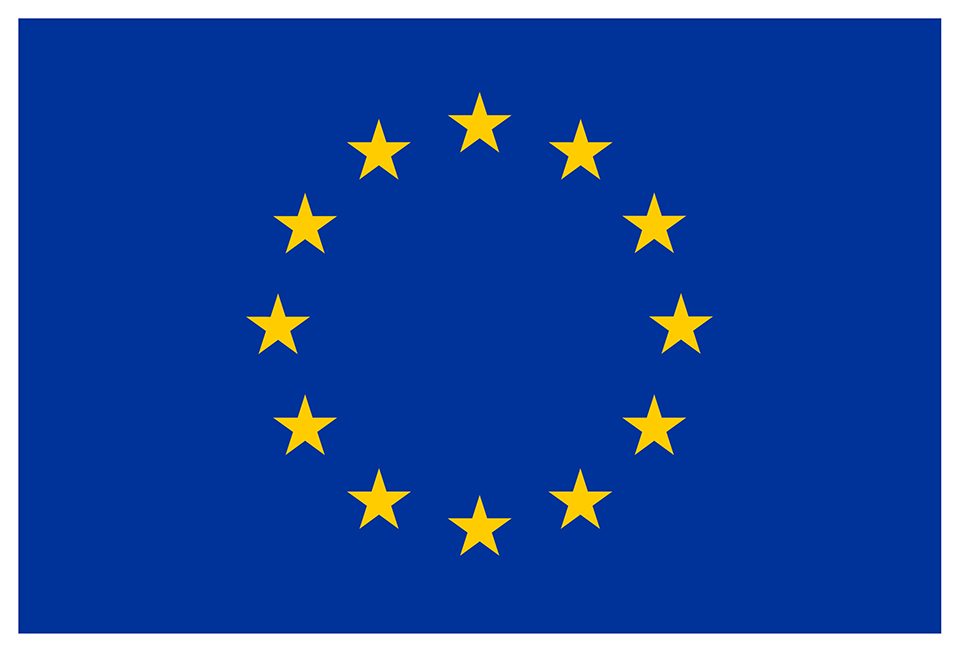The European Union (EU) supports the transformation of global ocean data through the Copernicus Marine Service’s Monitoring and Forecasting Centres and EuroGOOS:
The Copernicus Marine Service’s Monitoring and Forecasting Centres (MFCs) run ocean numerical models assimilating the data from the Thematic Assembly Centres to generate reanalyse (20 years in the past), analyse (today) and 10-day forecasts of the ocean. Relying on a network of European operational oceanography and marine forecasting centres, the MFCs transform ocean data to provide daily and long-term physical and biogeochemical information about the surface and sub-surface of the ocean.
- Global Monitoring and Forecasting Center (GLO MFC)
- Arctic Ocean MFC (ARCMFC)
- Baltic Sea MFC (BAL MFC)
- Atlantic European North West shelves (NWS MFC)
- Iberian Biscay Irish Seas (IBI MFC)
- Mediterranean Sea MFC (MED MFC)
- Black Sea MFC (BLKSEA MFC)
The MFCs run numerical mathematical ocean models governed by equations from fluid dynamics, and their integration into operational frameworks for real-time operations. These numerical equations are resolved by millions of calculations on super-computers. Ocean observation data are then assimilated in the models, i.e. the results of the mathematical model are combined with observation data (e.g. from satellites or in-situ) in order to generate the most realistic possible final representation of the ocean state. Numerical models therefore enable forecasters to provide a four-dimensional representation, current, past or future, of the ocean’s physical and biogeochemical states, and also fill in the information gaps in satellite and in situ observations.
The Data products (including hindcasts, nowcasts & forecasts) and Ocean monitoring indicators are made available through the Copernicus Marine Portal.
EuroGOOS is an association of national governmental agencies, research organizations, and private companies, committed to oceanography within the context of the intergovernmental Global Ocean Observing System (GOOS). EuroGOOS has today 44 members from 18 European countries providing operational oceanographic services (from observations to applications) and carrying out marine research. EuroGOOS goals are to identify strategies, cooperate, co-produce, and promote the operational oceanography value for society.
EuroGOOS members are involved in the development of the ocean observing system from global, to regional (Europe) and coastal scales. These activities are developed within the framework of the European Ocean Observing System, EOOS.
EuroGOOS members also develop and operate coastal forecasting systems that use the Copernicus Marine Service models as a boundary condition to provide fine scale ocean analyses and forecasts in the coastal zone.





